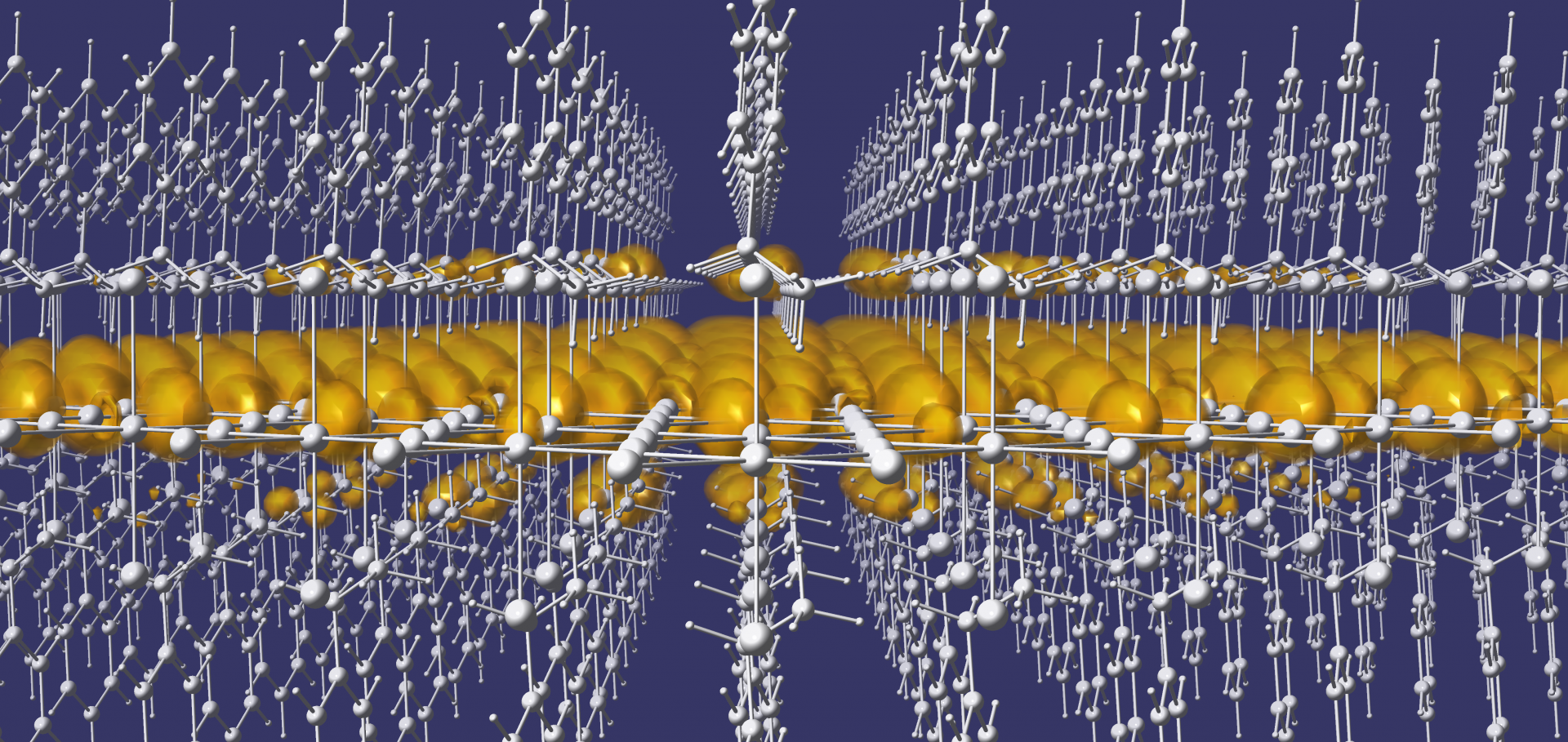Phonon-mediated electron attraction in SrTiO$_3$ via the generalized Fröhlich and deformation potential mechanisms
Phonon screening of excitons in atomically thin semiconductors
Abstract:
Atomically thin semiconductors, encompassing both 2D materials and quantum wells, exhibit a pronounced enhancement of excitonic effects due to geometric confinement. Consequently, these materials have become foundational platforms for the exploration and utilization of excitons. Recent ab initio studies have demonstrated that phonons can substantially screen electron-hole interactions in bulk semiconductors and strongly modify the properties of excitons. While excitonic properties of atomically thin semiconductors have been the subject of extensive theoretical investigations, the role of phonon screening on excitons in atomically thin structures remains unexplored. In this Letter, we demonstrate via ab initio GW-Bethe-Salpeter equation calculations that phonon screening can have a significant impact on optical excitations in atomically thin semiconductors. We further show that the degree of phonon screening can be tuned by structural engineering. We focus on atomically thin GaN quantum wells embedded in AlN and identify specific phonons in the surrounding material, AlN, that dramatically alter the lowest-lying exciton in monolayer GaN via screening. Our studies provide new intuition beyond standard models into the interplay among structural properties, phonon characteristics, and exciton properties in atomically thin semiconductors, and have implications for future experiments.


